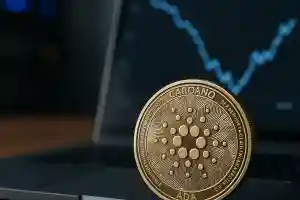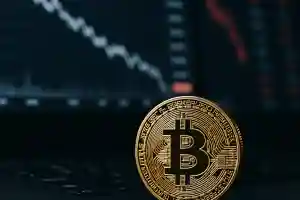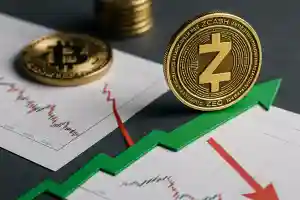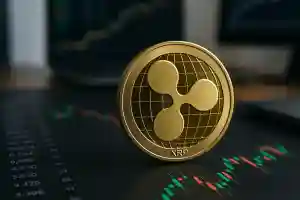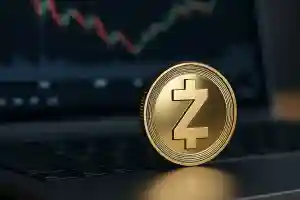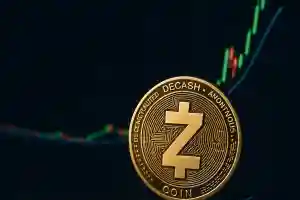XRP Faces Potential Supply Squeeze as ETF Speculation Grows
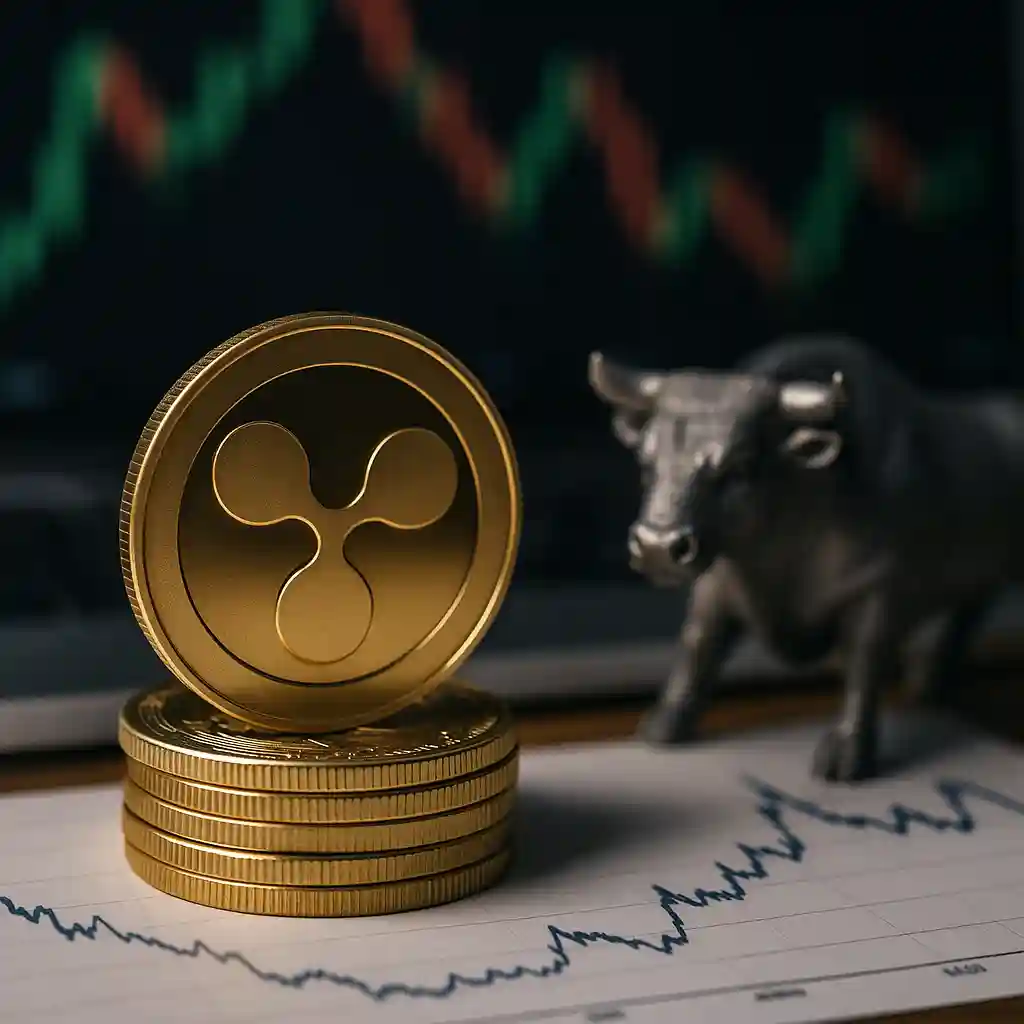 20 Nov 25
20 Nov 25
Growing Anticipation Surrounds Potential XRP ETFs
The possibility of an exchange-traded fund (ETF) for Ripple’s XRP token has stirred significant discussion within the cryptocurrency community. Speculation has intensified following the approval of spot Bitcoin ETFs and the market's anticipation of similar developments for other digital assets. This renewed focus on XRP has contributed to increased debates around the token’s potential market dynamics if such a fund is greenlit.
Experts Predict a Ripple Supply Shortage
According to leading crypto market observers, the introduction of spot XRP ETFs could result in a severe contraction of available supply. One prominent analyst, known in the industry for market insights, recently projected that inflows into an XRP ETF could quickly absorb much of the exchange-traded token supply, amplifying scarcity and placing upward pressure on price discovery.
Industry analysts have pointed out that Bitcoin ETFs have already demonstrated their capacity to rapidly draw vast sums of capital, depleting available coins on exchanges. Drawing parallels to this trend, many believe a similar scenario could unfold for XRP, should regulators clear the path for ETF products tied to Ripple’s native token.
Analyzing the Available XRP Supply
XRP’s total supply amounts to 100 billion tokens, but public market liquidity is far more limited. Crypto data shows that a significant proportion remains locked up in escrow or is not being actively traded. Only a fraction circulates on exchanges, representing the practical “float” for large institutional buyers.
Recent estimates suggest that out of the full supply, less than 3 million XRP may be readily accessible for ETF providers to acquire from centralized trading platforms without causing notable slippage. Factors like long-term holders, tokens tied up in legal disputes, and supply locked by Ripple Labs reduce this float even further.
Institutional Demand and Market Dynamics
ETFs are designed to track the price of an underlying asset, typically requiring sponsors and authorized participants to accumulate the asset as more shares are created to meet investor demand. If an XRP ETF is offered, even a modest initial inflow could force sponsors to compete for the limited circulating supply in public markets.
Industry experts highlight that the influx of institutional capital triggered by a new ETF listing can strain on-exchange liquidity. The recent approval of Bitcoin ETFs offered a clear example: issuers snapped up over 100,000 BTC in a short period, far exceeding what was available on order books and contributing to significant market moves.
Comparisons with Bitcoin ETF Launches
Bitcoin’s total supply and deep liquidity meant its ETFs could be launched without causing immediate price distortions, but even then, sizable net inflows moved markets upward. With XRP’s much lower effective float, analysts warn ETF demand could vastly outstrip available tokens much more quickly, setting the stage for a textbook “supply shock.”
Potential Outcomes for XRP Price and Liquidity
Market participants believe an XRP ETF could drive considerable upward price pressure as new channels for capital inflows open. If history repeats itself, with ETF issuers and large buyers competing for token allocations, bid prices could rise rapidly while exchange order books thin out.
However, experts caution that supply constraints alone do not guarantee long-term price increases. Sustained upside depends on wider adoption, regulatory clarity, and ETF product success with investors. Nevertheless, the risk of a sharp liquidity crunch remains a key point of focus should a spot XRP ETF come to market.
The Regulatory Environment: A Key Catalyst
Progress toward U.S. regulatory approval remains complex. After years of legal wrangling between Ripple Labs and the Securities and Exchange Commission (SEC), industry observers still debate the likelihood and timing of a spot XRP ETF. While Bitcoin ETFs broke new ground with their recent greenlight, extending similar approval to altcoins like XRP may face additional hurdles due to ongoing regulatory scrutiny.
The ultimate decision lies in the hands of regulators, who must assess issues including market manipulation risks, custodial solutions, and legal status of XRP as a security or commodity. If these hurdles are cleared, the market may witness the launch of a next wave of altcoin ETFs, potentially including Ethereum, XRP, and others.
Wider Implications for the Crypto Sphere
An XRP supply shock could have ripple effects (no pun intended) beyond the token’s own market. Broader digital asset adoption, rising institutional interest, and new financial instruments may influence liquidity patterns across the entire ecosystem. If XRP ETFs prove successful, other assets could also see increased ETF-related demand, spreading similar dynamics to additional tokens with otherwise illiquid markets.
Conclusion: Preparing for Possible Volatility
The prospect of XRP ETF approval remains uncertain, but market analysts stress the importance of monitoring developments closely. Should institutional-grade products come to market, a confluence of limited supply and surging demand may lead to rapid market moves. Investors and observers alike are urged to recognize the risks associated with illiquidity and potential supply crunches—key considerations in the evolving landscape of cryptocurrency finance.
